Process engineers often struggle to find reliable level detection solutions that work consistently in challenging industrial environments.
A tuning fork level switch operates by maintaining a constant vibration frequency that changes when material contacts the fork tines, providing reliable point level detection without moving parts.
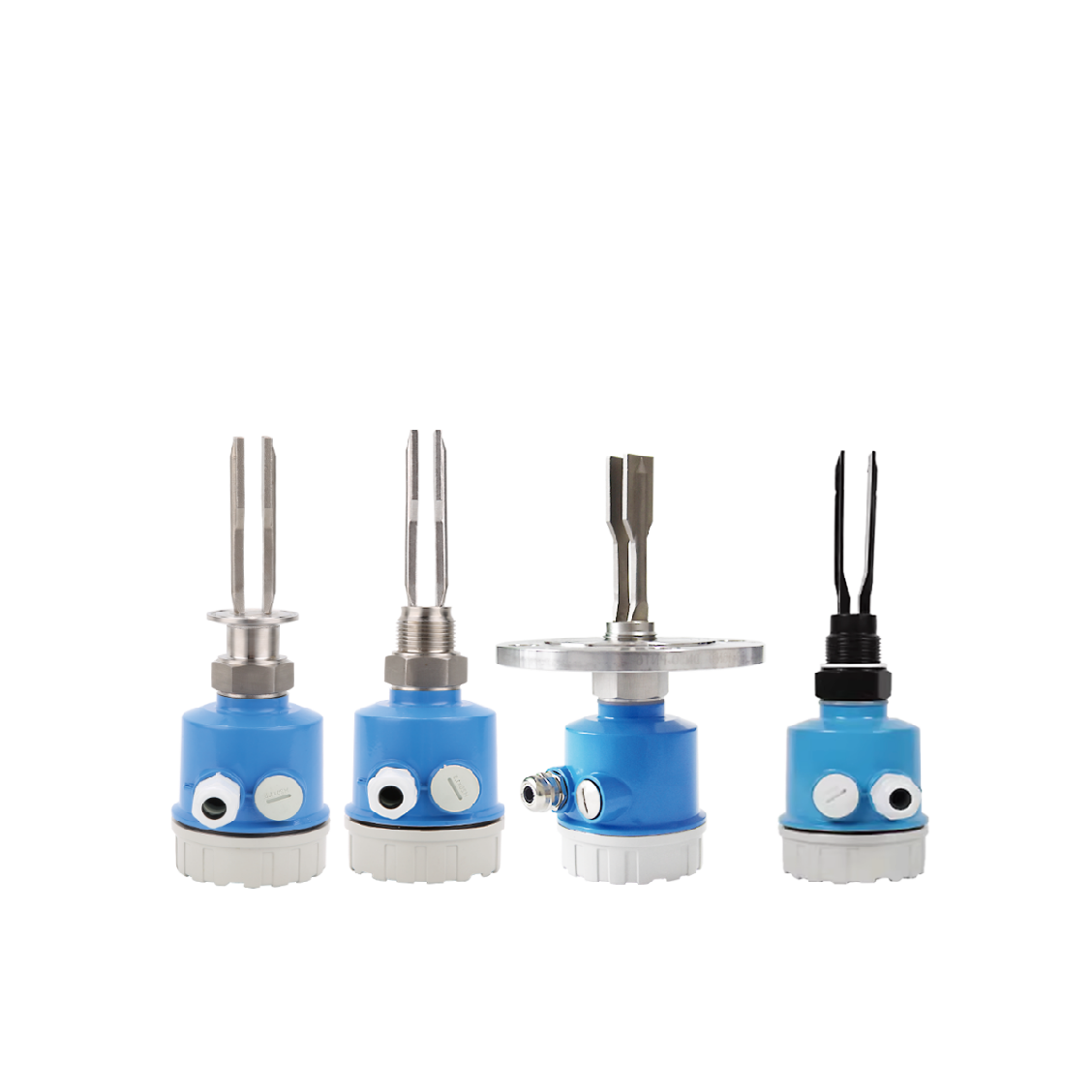
Tuning Fork Level Switch Basic Operation
In my years of implementing level detection solutions, I’ve found tuning fork technology to be remarkably reliable. Let me explain how it works.
How Does a Tuning Fork Level Switch Work?
Many industrial processes require dependable level detection that won’t fail due to buildup or material properties.
The tuning fork vibrates at its resonant frequency in air. When liquid or solid material contacts the fork, it dampens the vibration, triggering the switch output.
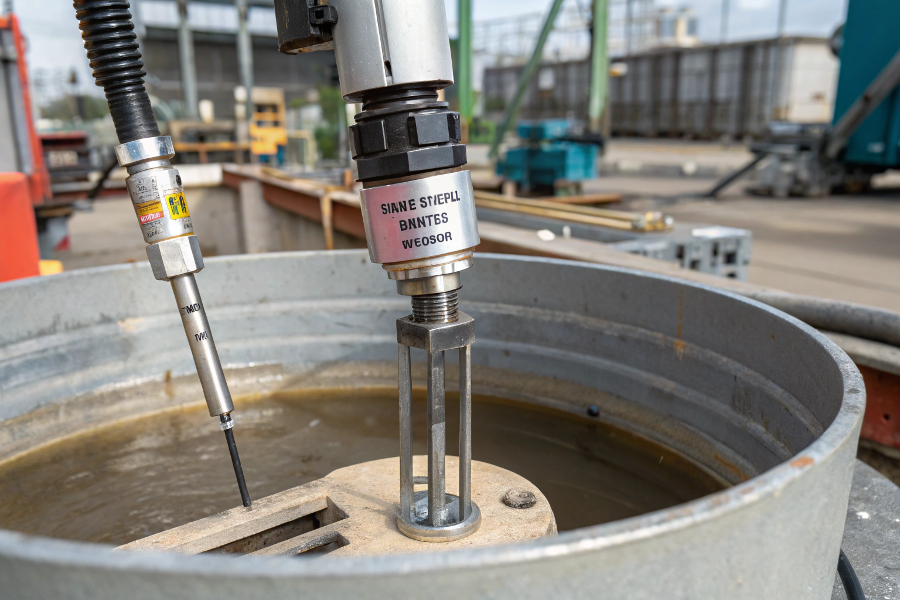
Tuning Fork Operating Principle
From my practical experience:
Operating Sequence
-
Basic Operation Steps
Phase Action Result Excitation Piezo drives fork Natural frequency Monitoring Electronics track Frequency changes Detection Material contact Dampens vibration Switching Circuit triggers Output changes -
Key Components
- Piezoelectric drive
- Fork tines
- Monitoring electronics
- Output circuit
Performance Factors
-
Environmental Influences
- Temperature effects
- Process pressure
- Material density
- Viscosity impact
-
Operating Parameters
- Frequency range
- Dampening threshold
- Response time
- Hysteresis
These factors ensure reliable detection across various applications.
What is the Principle Behind the Working of a Tuning Fork?
Understanding the fundamental principles helps in proper application and troubleshooting of tuning fork switches.
Tuning forks operate on the principle of mechanical resonance, maintaining a specific natural frequency that changes when external forces affect the vibrating tines.
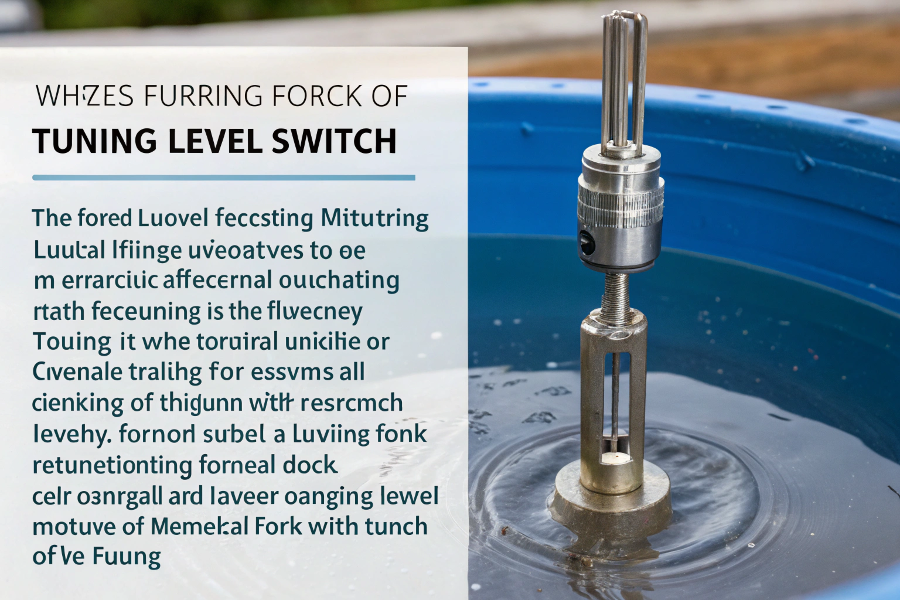
Tuning Fork Resonance Principle
Based on my technical knowledge:
Physical Principles
-
Resonance Mechanics
Aspect Description Impact Natural Frequency Design-specific Base operation Dampening Material contact Detection method Energy Transfer Piezo drive Maintenance of vibration Frequency Shift Mass loading Switch trigger -
Design Considerations
- Fork geometry
- Material selection
- Mounting options
- Process compatibility
Implementation Aspects
-
Technical Requirements
- Frequency stability
- Temperature compensation
- Process isolation
- Output configuration
-
Application Factors
- Material properties
- Process conditions
- Installation requirements
- Maintenance needs
These principles guide proper implementation.
How Does a Vibration Switch Work in Level Measurement?
Vibration-based level detection offers unique advantages over traditional technologies.
Vibration switches use frequency changes caused by material contact to detect level changes, providing reliable measurement without mechanical moving parts.
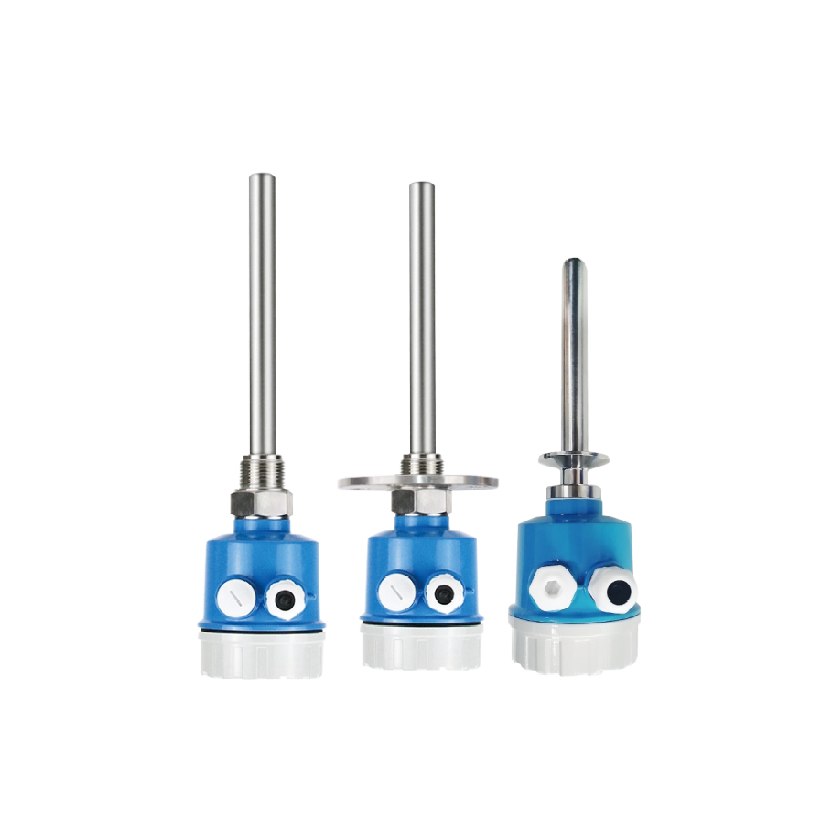
Vibration Switch Detection Method
Drawing from my implementation experience:
Detection Method
-
Operating Principles
Function Method Benefit Vibration Continuous No wear Detection Frequency monitoring Reliable Processing Electronic analysis Accurate Output Switch state Simple -
System Components
- Vibrating element
- Drive system
- Monitoring circuit
- Output interface
Application Considerations
-
Process Factors
- Material density
- Viscosity effects
- Temperature range
- Pressure limits
-
Installation Requirements
- Mounting position
- Orientation
- Clearance needs
- Access requirements
These considerations ensure optimal performance.
How Does the Level Switch Work?
Different level switch technologies suit different applications, but all share common operating principles.
Level switches detect material presence by various methods including vibration, float movement, capacitance, or optical sensing, converting physical changes into electrical signals.
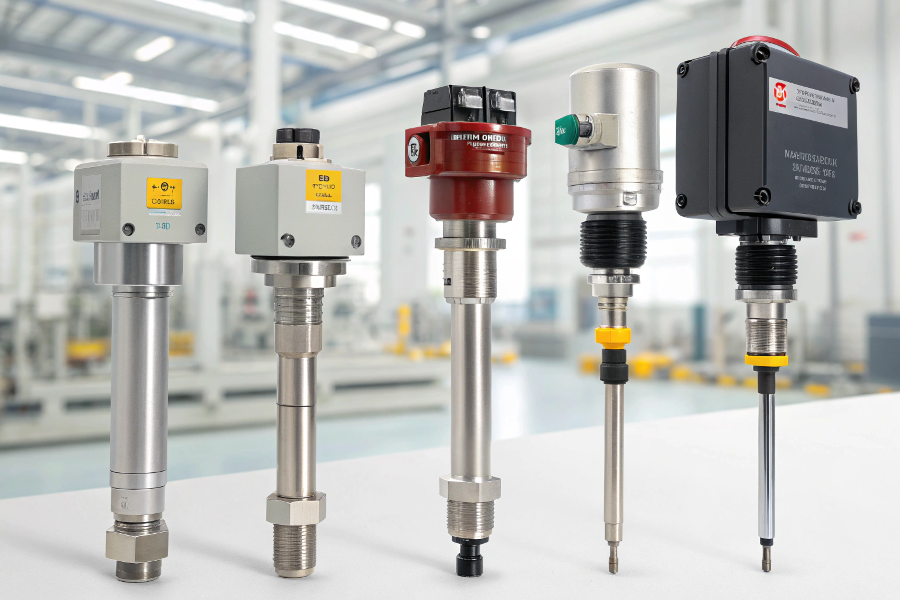
Level Switch Technology Comparison
Based on my field experience:
Technology Overview
-
Detection Methods
Type Principle Best Application Tuning Fork Vibration Universal use Float Buoyancy Simple liquids Capacitive Dielectric Interface detection Optical Light reflection Clean liquids -
Selection Criteria
- Process compatibility
- Reliability needs
- Maintenance requirements
- Cost considerations
Implementation Guide
-
Installation Factors
- Mounting options
- Process connection
- Electrical interface
- Environmental protection
-
Operational Aspects
- Calibration needs
- Maintenance access
- Testing procedures
- Documentation requirements
These factors guide proper technology selection.
Conclusion
Tuning fork level switches provide reliable, maintenance-free level detection through their unique vibration-based operating principle, making them ideal for challenging industrial applications.
